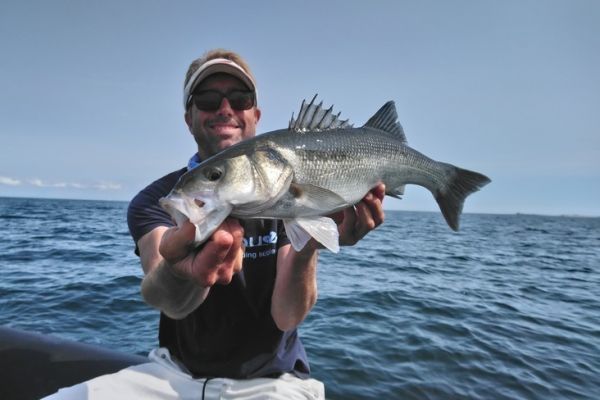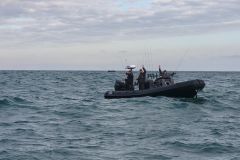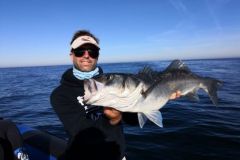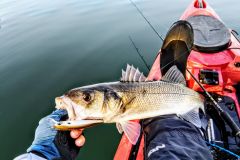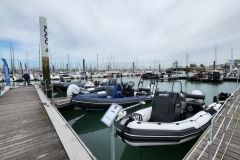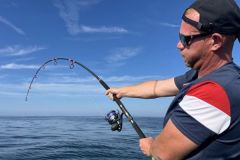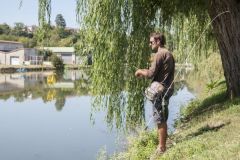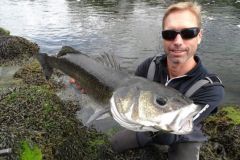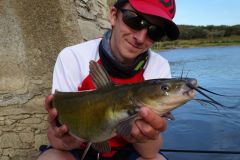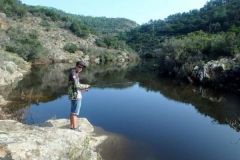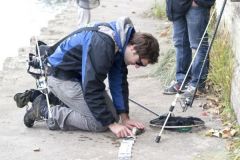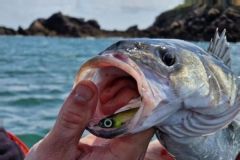How to identify rock heads for bass fishing?
In the same way as for rocky plateaus, identifying and locating rock heads involves studying nautical charts, either on your depth sounder or on the datashom website, for example, right from your sofa.
Nevertheless, in areas swept by a strong current, the most prominent rock heads form an eddy on the surface of the water, materializing the deflection of the current by the underwater relief. While this eye-readable feature can be used to complement your map-reading while boating, it is an obvious and easy way of locating changes in relief, particularly rock heads, when practising from the shore.
On nautical charts, rock heads are indicated by numbers well below the average depth of the spot, and by sounding lines signifying the existence of a relief. The more numerous and tightly-packed these lines are, the larger the rockhead, breaking with the surrounding depth.
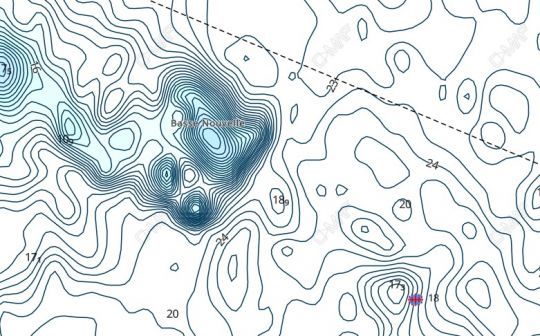
Why fish for rockheads?
Rock heads are interesting spots for sea bass, but also for many other predators, as they offer both shelter and cover. In fact, this marked relief not only concentrates an important source of benthic (bottom-dwelling) food, but also deflects, channels and accelerates the current, creating a calm zone where micro-organisms accumulate.
This calm zone is also very interesting, as it allows the sea bass to rest sheltered from the current, but also to lie in wait behind the rock head to surprise the prey as it rushes downstream.
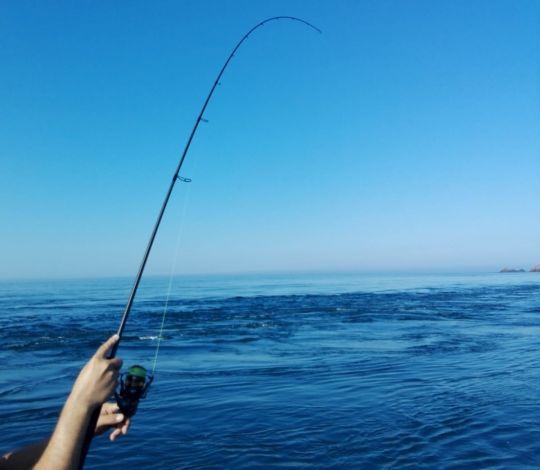
Which ones to fish for?
While all rock heads are potentially interesting, in some sectors there are so many that we'll have to try and prioritize them.
Thus, the most prominent rock heads and those first exposed to the current are often very interesting and should be prospected as a priority.
In addition, when large rock heads also mark a change in substrate - I'm naturally thinking of an isolated rock in the middle of the sand - they are often strategic spots that you should explore during your outing.
On the other hand, if the relief is particularly monotonous, all bottom gradients and the most insignificant domes must be tackled. So read your chart carefully!
How do you approach them?
The most discreet way of approaching a rock head during the first drift is to stand at casting distance (around 30-40 m) to prospect the approaches corresponding to the current's deviations.
You can then approach the head itself by placing your drift well upstream. Depending on the strength of the current, sea bass (and especially lees) may be positioned on the upstream side of the head, then potentially on the top or behind it if they want to protect themselves from the current.
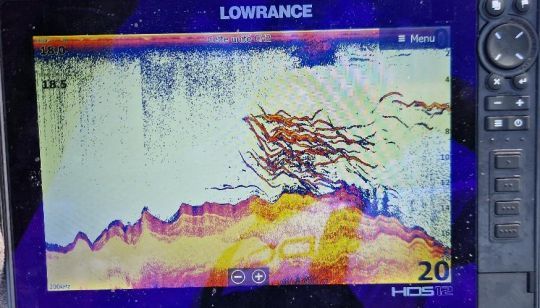
What techniques and lures for bass?
Most of the rock heads prospected for bass are between 10 and 25 meters deep, with tops ranging from 3 to 15 meters. A wide range of techniques can be used on these marked spots, depending on the activity of the bass and the density of fish present.
So, when bass are particularly active and willing to move up the water layer, you can catch them on the surface or with a swimmer fish. In the same spirit, but for deeper prospecting, linear fishing with soup lures is often productive.
Finally, when sea bass are posted, fishing close to the bottom, taking care to follow the unevenness of the terrain, proves to be the most effective!
Report summary
1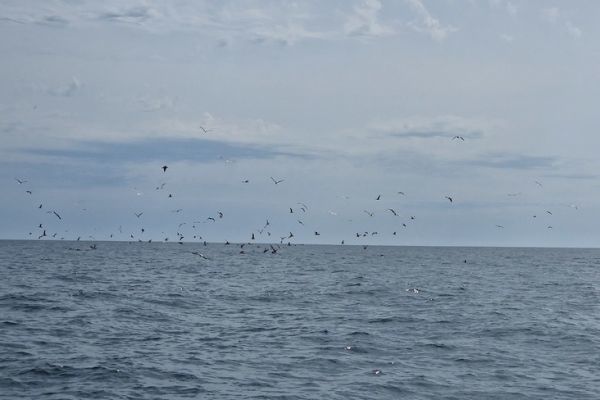
Fishing spots: look for open-water hunting for sea bass
2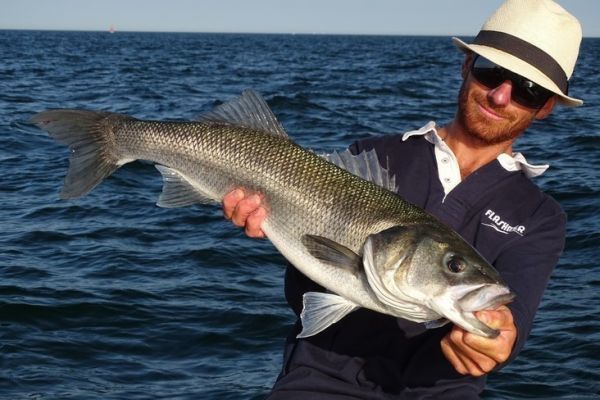
Finding the right spots for bass fishing: prospecting for wrecks
3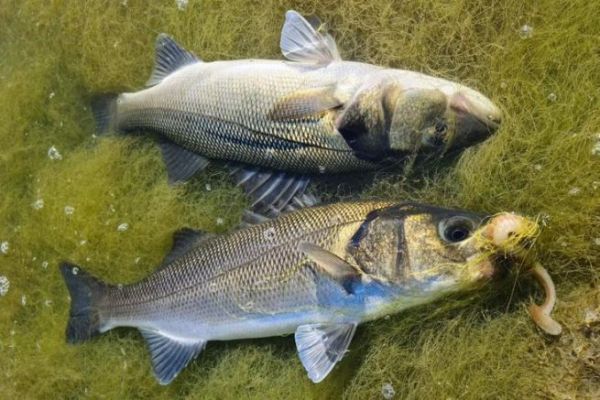
The best spots for sea bass fishing: fringe meadows
4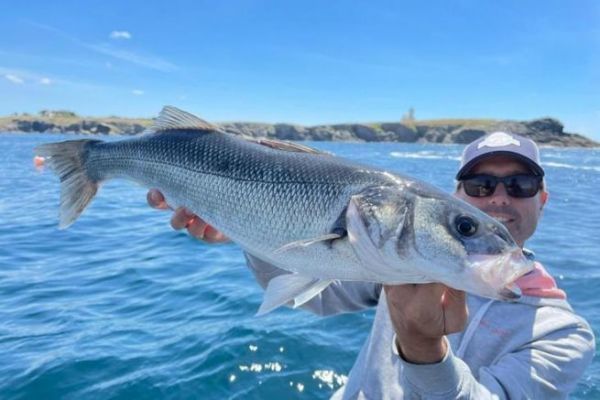
Sea bass fishing spots: rocky coasts from shore and by boat
5
Finding the right spots for bass fishing: rocky plateaus
6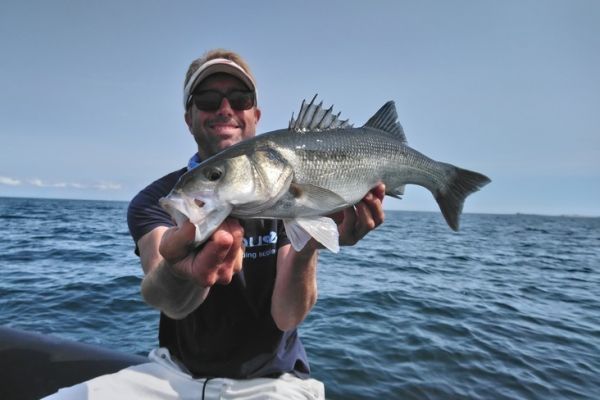
Sea bass spots: the unmissable, fruitful rock heads
7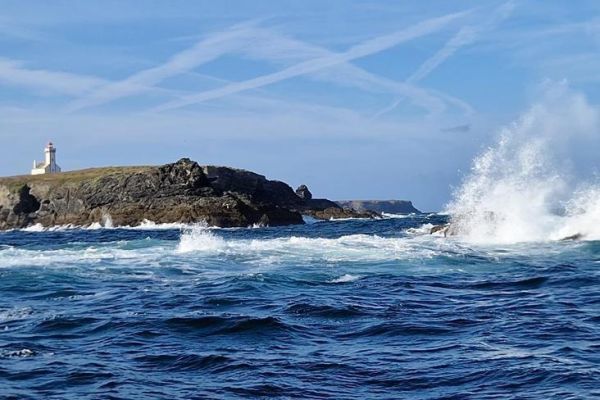
Good bar spots: focus on emerging rocks and foam
8
Good spots for bass fishing: rocky points
9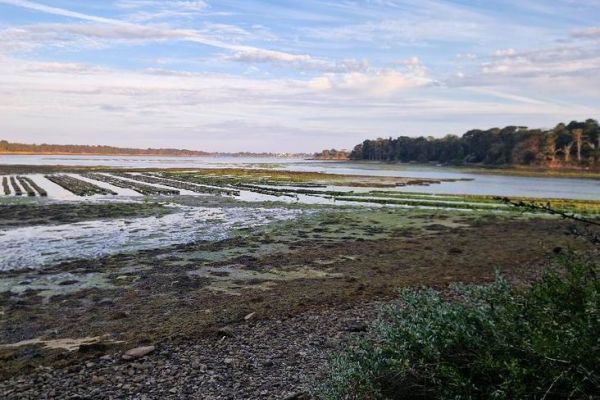
Good spots for bass fishing: oyster beds
10
The best spots for bass fishing: prospect for mouths
11

 /
/ 